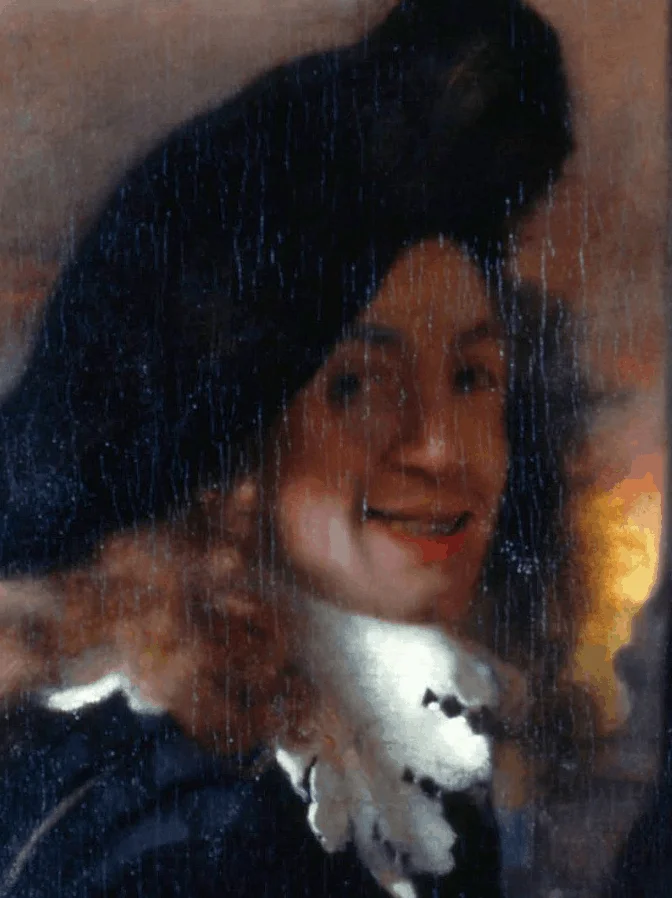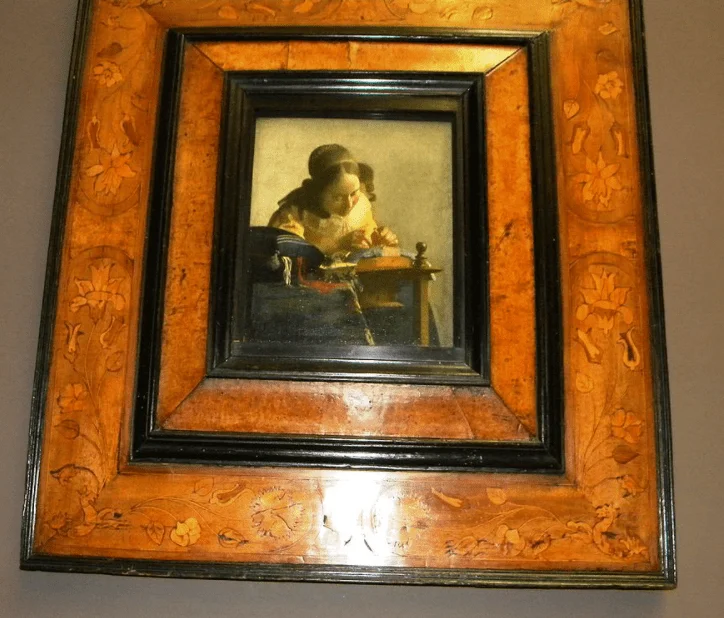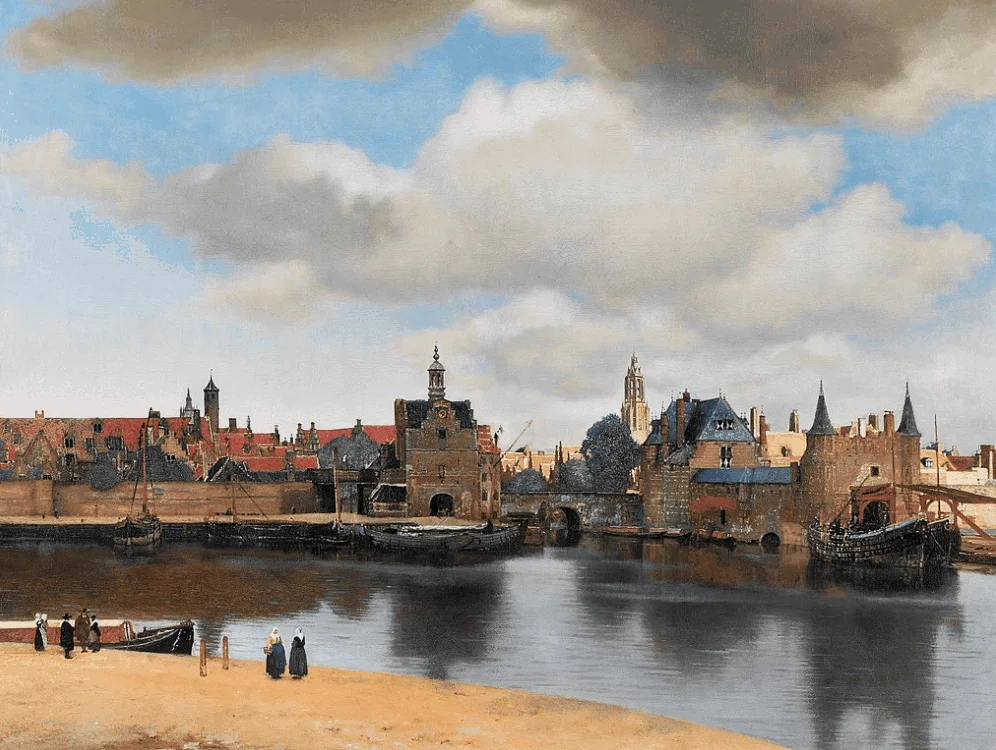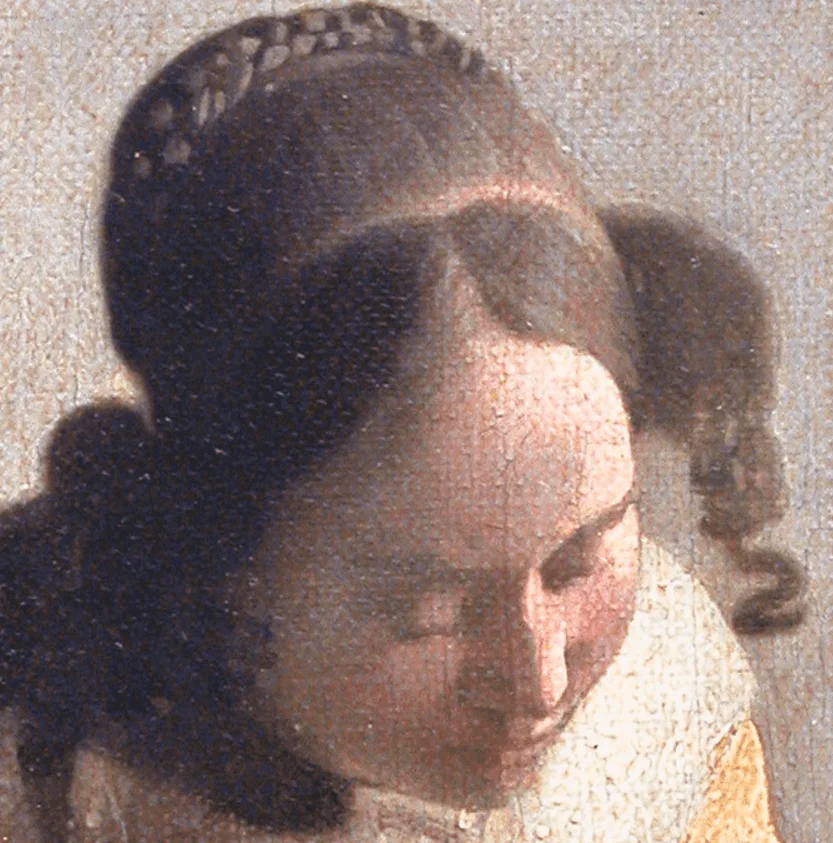It’s one of the most fascinating paintings in the oeuvre of one of the most famous Dutch Golden Age painters, and in this post, you’ll discover the ultimate list of facts about The Lacemaker by Johannes Vermeer.
1. It was painted in Vermeer’s late 30’s
Johannes Vermeer was born in the year 1632, right in the middle of the Dutch Golden Age, a period in which the Dutch Republic was considered to be the most advanced nation on the planet in multiple aspects of life, including art.
Even though Vermeer only acquired minor success throughout his lifetime (he was in debt when he passed away in 1675), he is now universally considered as one of the most renowned painters of this period.
He painted The Lacemaker, one of his absolute masterpieces, in the years 1669 and 1670, which means he was in his late 30’s when created this work of brilliance.

2. It’s the smallest painting in his oeuvre
One of the most remarkable facts about The Lacemaker by Johannes Vermeer is that it’s the smallest painting in his entire oeuvre.
Granted, he was a slow painter meaning he only created a few works every year, but all his other works were relatively bigger than this delicate piece of art.
This oil on canvas painting has dimensions of 24.5 × 21 centimeters (9.6 × 8.3 inches).

3. The lacemaker is set against a light background
Vermeer purposely didn’t include additional elements in the painting except for some things in the foreground and painted the girl working on her laces against a light background.
The reason he did so was to eliminate distractions as much as possible and to emphasize the work conducted by the girl. In that sense, it’s also one of his most abstract paintings as the focus is completely diverted to the art of lacemaking.
4. The Bible can be seen in the foreground

Vermeer’s oeuvre mostly consists of domestic scenes, many times of women performing domestic duties. It appears that through his work, he wanted to glorify the feminine domestic duties.
That’s why he sneaked in the Bible in the foreground of the painting. This provides a religious overtone and stresses the righteous morality of the depicted girl.

5. The lace takes on a liquid form to emphasize the focus of the woman
One of the most interesting facts about The Lacemaker by Johannes Vermeer is that some elements in the foreground, which were most probably meant to create a barrier between the girl and the viewer, appear to be somewhat blurry.
The laces that roll down the sewing cushion almost appear to take on a liquid form, something that is in sheer contrast with the laces that the girl is working with.
This is yet another element that draws the viewer to the work performed by the girl, while at the same time making it impossible to penetrate into her world!

6. Did the painter use a camera obscura to create the work?
Johannes Vermeer was known for using devices to help him with painting, including the so-called “camera obscura.” This device was used to project the image of a room through a small hole in the wall.
It has even been suggested that he used a similar device to create his “View of Delft,” one of the few paintings he created out of his house.
While it has been suggested he used a camera obscura for this work, mainly because of the blurring effects in the foreground, some sources state that this is basically impossible because of the extreme subtleties in this painting.

7. He used the same canvas in another painting as well
Vermeer wasn’t a rich man, and to emphasize this, a study has uncovered that the canvas used to paint The Lacemaker has the same origin as that of another one of his paintings.
The painting in question is “A Young Woman Seated at the Virginals,” which appeared to have had the same dimensions as The Lacemaker originally as well.

8. The woman is not Vermeer’s wife
So who is the girl depicted as the lacemaker?
It has been suggested that it was Vermeer’s wife who he painted as she was doing her thing working the laces, but this conclusion has been debunked.
While the real identity of the girl remains a mystery, one which will most probably never be uncovered, the most common explanation is that she is a member of the Delft bourgeoisie. This means a girl that was part of the upper class in Vermeer’s hometown.

9. It has often been compared to another lacemaker painting
Vermeer’s painting has been compared to similar work, that of Caspar Netscher, which was completed in the year 1662, which was just a few years before Vermeer’s work.
The tone of the paintings is completely different though. Vermeer’s work depicts a girl completely absorbed in her work, fully focusing on the task at hand.
The Lacemaker by Caspar Netscher has a completely different undertone as it features both mussel shells and shoes which are not of the depicted girl. This clearly indicates that there’s a sexual connotation to the scene.

10. The Lacemaker is on display at the Louvre in Paris
So where can we admire The Lacemaker?
It’s on display in one of the most famous museums in the world, the Louvre in Paris. It has been in the possession of the Louvre since the year 1870 and can be found in the Richelieu Wing in room 837 of this massive museum!

